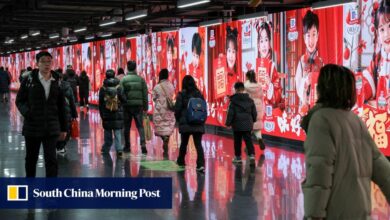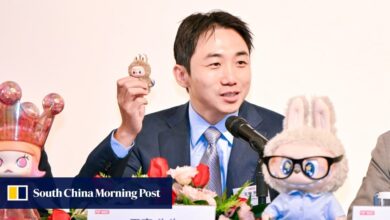As ETFs rise in popularity, individuals take charge while issuers race to meet demand
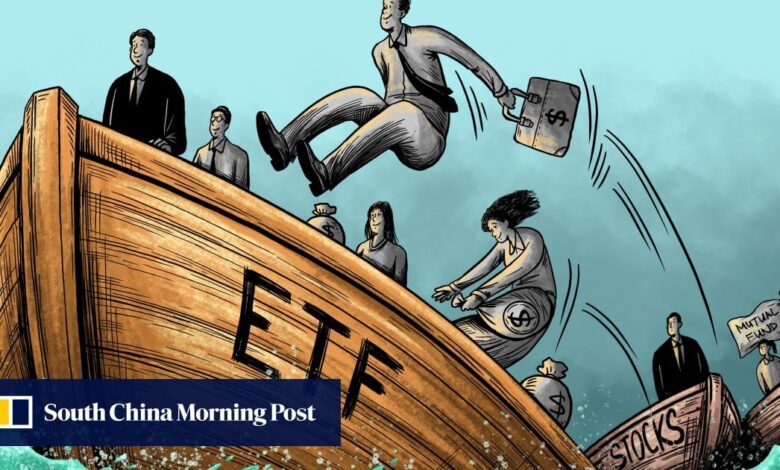
Luk is part of a growing tribe of investors in Asia piling into ETFs. These low-cost, diversified and transparent instruments are increasingly becoming the go-to choice for both retail and institutional investors, with the region seeing the fastest growth in the world.
The total assets of ETFs in Asia-Pacific, excluding Japan, have grown nearly 15 per cent to a record US$890 billion in the first five months of the year, in addition to the 36 per cent growth in 2023, according to ETFGI, an independent research and consulting firm. Net inflows of US$118 billion during this period are the highest ever for the region, marking an unprecedented 35 consecutive months of inflows.
Including Japan, Asia’s ETF market now exceeds US$1.3 trillion and is on track to double in size, reaching at least US$2.5 trillion by 2028, according to a recent PwC report. That means it could become the world’s second-largest ETF market after the US, and the strongest demand is expected to come from retail investors, the report added.
First launched in the US in 1993, ETFs pool together a basket of different securities that typically track an index or a benchmark, and aim to deliver returns that match the overall underlying market. Similar to other securities, investors can buy or sell ETFs through their brokers anytime during a market’s trading hours.
The Shanghai, Shenzhen and Hong Kong stock exchanges added 85 ETFs in the northbound channel, which allows foreign investors to buy mainland-listed A shares, and six in the southbound link, which allows investors in mainland China to buy select companies listed in Hong Kong. The expanded ETF list takes effect from July 22.
Institutional investors have long been implementing their strategies by utilising ETFs as “building blocks” of their portfolios, according to Antoine de Saint Vaulry, director and regional head of ETF sales and business development at Citi in Hong Kong. “That is starting to happen in the retail space and is gradually taking off.”
Major Asian markets such as China, Taiwan, India, South Korea, Japan and Australia have seen a “massive wave” of retail adoption in recent years, driven by regulatory and industry efforts to promote ETF investing, de Saint Vaulry added.
With ETFs’ growing status as the region’s hottest investment products, issuers both global and local are jostling for a slice of the pie. Their products range from traditionally passive index-linked ETFs to actively managed and novel themes, catering to diverse investor appetites.
“Institutional investors are buying because they know ETFs are cheaper, and they use them to fill out their portfolios,” said ASIFMA’s Shen. “Individual investors, when they do their research, can easily figure out what to buy.”
“It’s really about the breadth and depth of products we offer – from indexing to active strategies across different asset classes such as equity, fixed income, commodities and even cryptocurrency,” said Andy Ng, head of iShares equity product strategy solutions at BlackRock. “We have over 1,400 ETFs globally.”
Ng said Asian investors do not just invest in locally domiciled products, but want global exposure as well, adding that BlackRock was giving them more options to choose from.
“Local investors are more familiar with these names, so it’s easier for them to understand. That means we can catch the demand for diversification,” Ding said.
An ideal thematic product would be non-cyclical, with long-term secular, structural growth potential that could become a mega trend, said Youngrae Cho, chief operating officer at Mirae Asset Global Investment (Hong Kong).
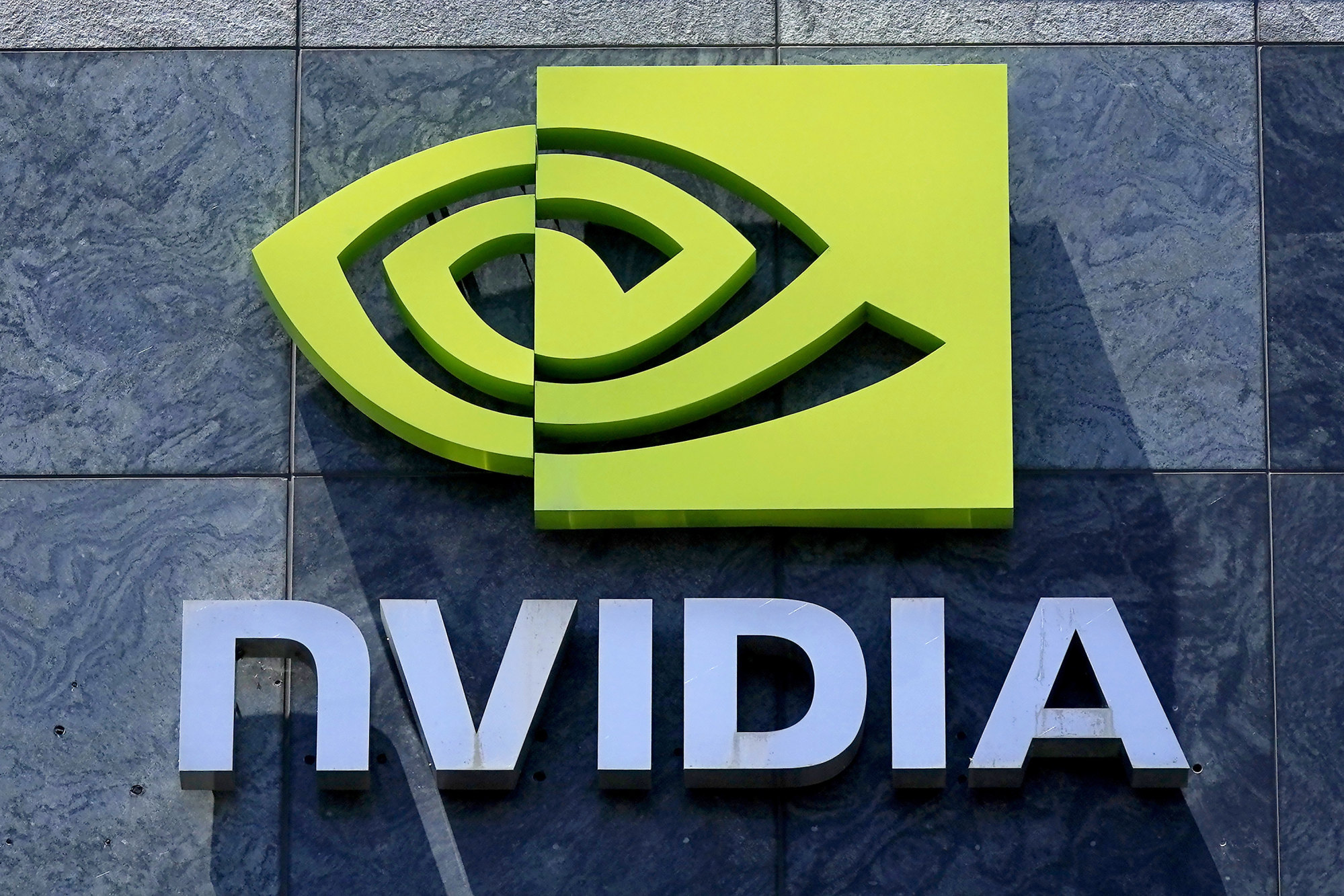
“The phenomenal level of growth that we have seen globally in ETFs until now has been driven by passive ETFs,” Cho said. “But as ETFs continue to develop and more investors, both institutional and retail, adopt ETFs into their portfolios, the use cases and demand will diversify and expand.”
The growing popularity of ETFs has seen them quietly overtake mutual funds. Last year, nearly US$800 billion flowed out of mutual funds globally, while ETFs attracted US$800 billion in inflows.
JPMorgan Asset Management, traditionally an active fund house, has been ramping up efforts to reinvent itself by converting mutual funds into active ETFs. The firm, having seen success in the US and Europe, is eyeing similar growth in Asia.
The idea behind active ETFs is simple – they combine the benefits of passive index-tracking to give investors exposure to the broader market, while also leveraging portfolio managers’ stock-picking skills to identify mispriced securities and capitalise on that.
This active management overlay aims to lead to outperformance compared with a pure index fund. The ETF structure means it still has the daily disclosure and intraday liquidity, which also enables direct distribution to investors and eliminates the need for intermediaries.
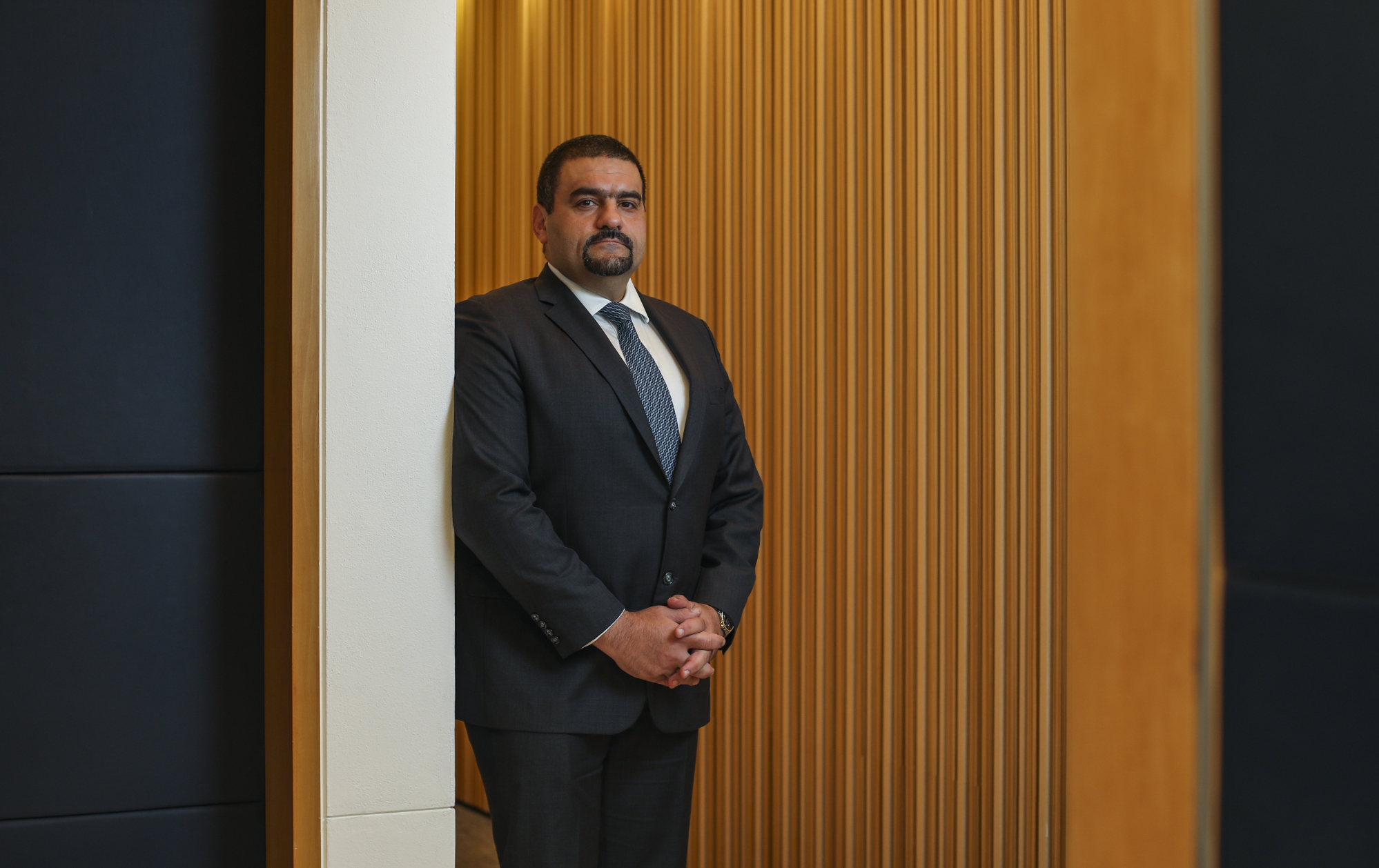
“It is like taking the development of a mutual fund further; it’s a superior vehicle,” said Philippe El-Asmar, managing director and head of ETF, direct and digital for Asia-Pacific at JPMorgan Asset Management based in Hong Kong. “It has more transparency, more liquidity and more cost efficiency compared with a mutual fund.”
In the last few years almost all portfolio managers, barring a few exceptions, have become more comfortable with using ETFs to deliver their strategy, he added.
This shift underscores the pressures facing traditional actively managed mutual funds. Take the US, for example, where less than one-third of the mutual funds outperformed the average of their passive ETF rivals over the 10-year period up to December 2023, according to Morningstar research.
This underperformance undermines the primary selling point of active mutual funds – their promise of higher returns justifying higher fees. The average expense ratio, the percentage of assets paid to run the fund, was 0.48 per cent for passive ETFs and 1.02 per cent for actively managed mutual funds in 2023, according to Morningstar.
“One factor driving ETFs’ growth is the structural decline in alpha generation from active mutual funds,” said Hao Zhang, head of business development for China at Mirae Asset. “As markets become more efficient, it’s very difficult to consistently beat benchmarks.”
To be sure, like any other investment products, ETFs come with risks.
One common misconception is that passive products are inherently safer. A passive product focusing on a very small sector can be volatile and risky compared with a broad-based index product, according to El-Asmar. Actively managed ETFs could carry their own risks if they deviate significantly from the underlying benchmark.
“So it’s very important that investors are aware and understand the difference between different kinds of products,” he said.
Luk, in the meantime, is quite content with his portfolio shift to ETFs, thanks to the bull run in the markets he has invested in. He said he would look to add more ETFs to his portfolio as he builds his investments over time.
“I’m happy to ride along” with the broader market without having to spend too much time, he said.
CSOP’s Ding summed it up, saying investors might not always need professionals to help manage their money. “When you have an investment idea, ETFs can oftentimes offer you the tool.”
Source link
